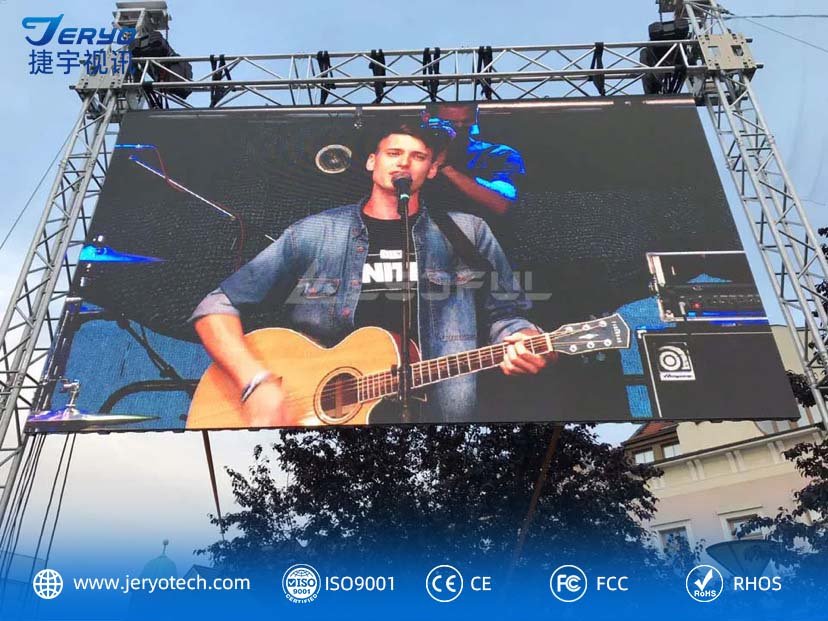1) Main screen selection
In stage performances, the main screen occupies an extremely important position, like the core visual center of the stage. As the central screen of the stage, its rectangular shape is more common in many stage arrangements. Because the content displayed on the main screen is often the key and core of the entire performance, such as important performance images, key information prompts, etc., there are extremely high requirements for its clarity and visibility. In order to allow the audience in the audience, especially those who are far away from the main screen, to clearly see the content on the screen, it is necessary to set the pixel spacing of the main screen relatively high.

2) Secondary screen selection
At present, commonly used secondary screen specifications include P3.91, P4.81, P6.25, etc. The P3.91 specification secondary screen has a reasonable configuration between clarity and cost, which can meet the basic needs of both sides of the audience for image clarity in most stage scenes, while the cost is relatively controllable.
3) Stage expansion screen
The existence of stage expansion screens is to take care of the audience in the back row as much as possible, so that they can also see every exciting moment on the stage clearly like sitting in the front row





